In the darkest corners of the natural world, an extraordinary phenomenon occurs when thousands of tiny creatures illuminate underground chambers with their living light. These bioluminescent displays transform ordinary caves into otherworldly experiences, creating natural light shows that have captivated humans for centuries.
Here is a list of 20 destinations around the world where you can witness the magical glow of these remarkable insects in their natural cave habitats.
Waitomo Caves

Located on New Zealand’s North Island, these limestone caverns house the most famous glowworm display on earth. The Arachnocampa luminosa species found here exists nowhere else in the world, creating blue-green lights that reflect beautifully on the underground rivers.
Visitors glide silently through the darkness on small boats guided by experts who explain the complex life cycle of these unique creatures that have illuminated these caves for thousands of years.
Tamborine Mountain
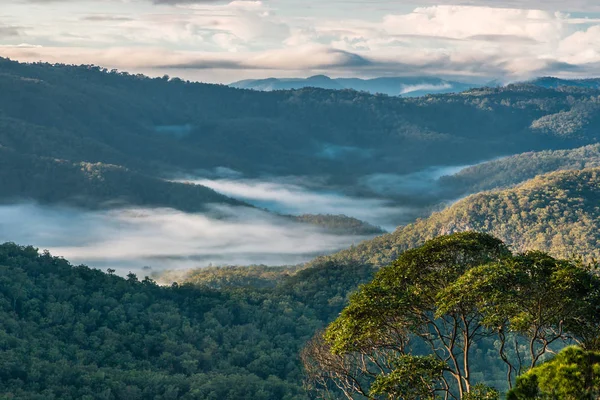
Queensland’s rainforest region contains Australia’s largest concentration of glowworm caves, with the Cedar Creek Cave being particularly spectacular. Unlike many glowworm sites that require boat access, visitors here walk along specially designed paths that protect both the insects and their delicate habitat.
The Australian species Arachnocampa flava produces a slightly different color spectrum than its New Zealand cousins, creating displays that locals describe as resembling blue-tinged constellations against the dark cave ceiling.
Like Travel Pug’s content? Follow us on MSN.
Dismals Canyon
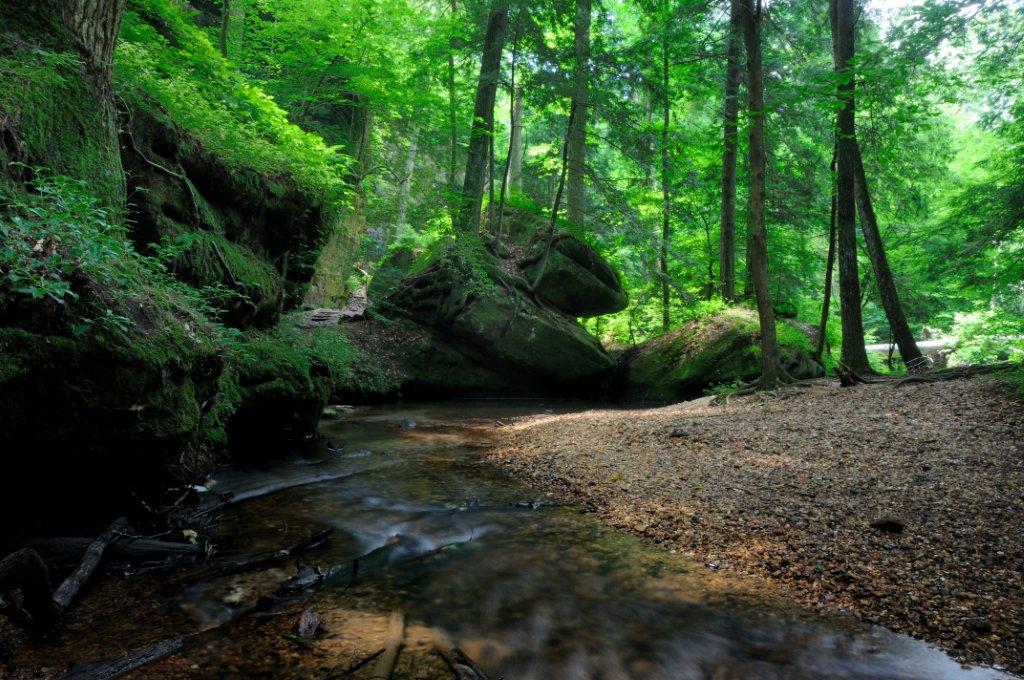
This Alabama natural wonder represents one of only a few places in North America where glowworms create significant displays. The creatures here aren’t actually worms but rather the larvae of a unique fungus gnat species locally nicknamed ‘Dismalites.’
The canyon’s isolation from light pollution and consistent humidity creates ideal conditions for these insects, which illuminate the moss-covered rock walls with an ethereal blue glow that intensifies during warmer months.
Waipu Cave
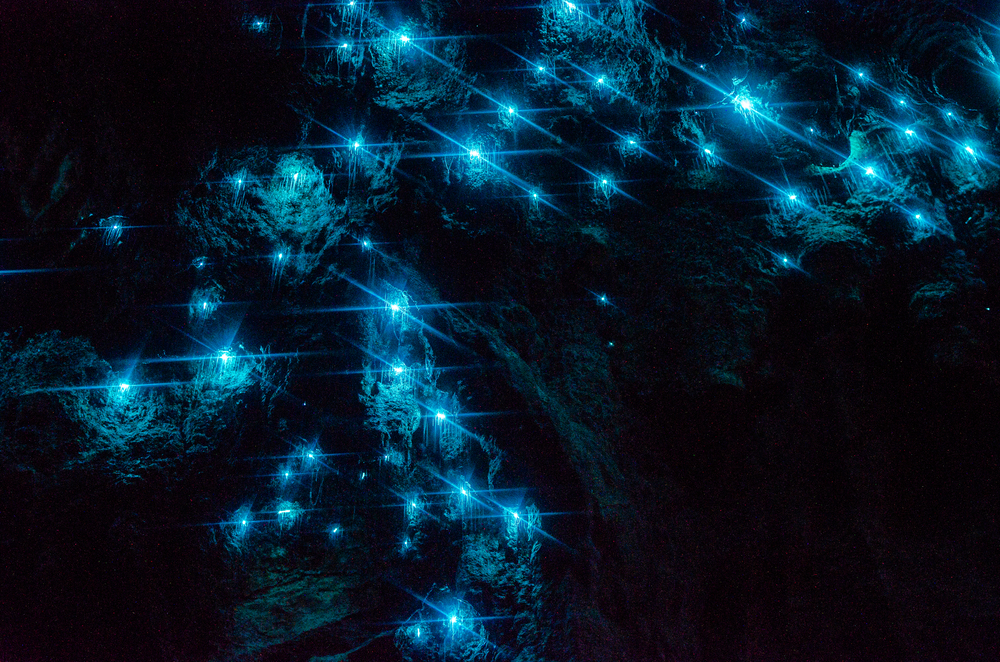
This lesser-known alternative to Waitomo offers a rare opportunity to experience New Zealand’s glowworms without commercial development or entrance fees. The cave’s remote location in the Northland Region ensures a less-crowded and more natural setting for witnessing the luminescent display.
The main chamber features exceptionally dense colonies that create the illusion of a living night sky reflected on the still waters of underground pools throughout the extensive cave system.
Springbrook National Park
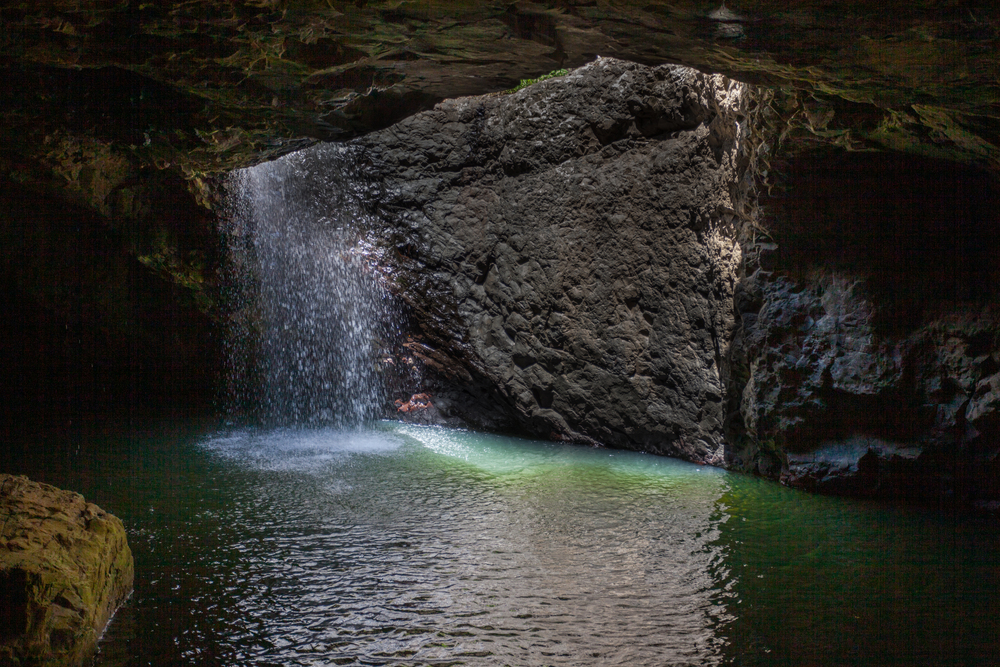
Part of Australia’s Gold Coast Hinterland, this World Heritage site features the Natural Bridge formation where glowworms create spectacular displays in a unique setting. Unlike traditional caves, this site features a partially open ceiling where a waterfall plunges through a rock arch, creating misty conditions perfect for the Arachnocampa flava colonies that cling to the moist walls.
Night-time guided walks provide information about the park’s remarkable biodiversity beyond just the glowing inhabitants.
Like Travel Pug’s content? Follow us on MSN.
Blue Mountains
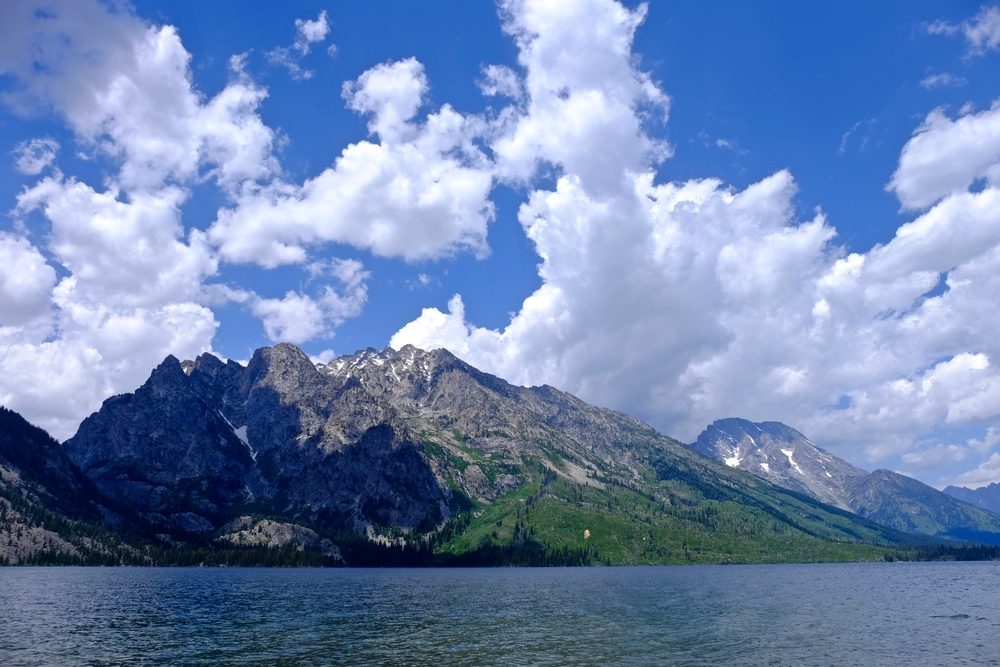
West of Sydney, these ancient Australian mountains hide several significant glowworm caves, the most accessible of which is the artificial railway tunnel near Helensburgh. Abandoned in the early 20th century, this human-made structure was gradually colonized by glowworms attracted to its stable temperature and humidity.
The straight walls of the tunnel create a uniquely symmetrical display compared to the random patterns typically seen in natural caves, offering photographers distinctive composition opportunities.
Hollow Hill Cave
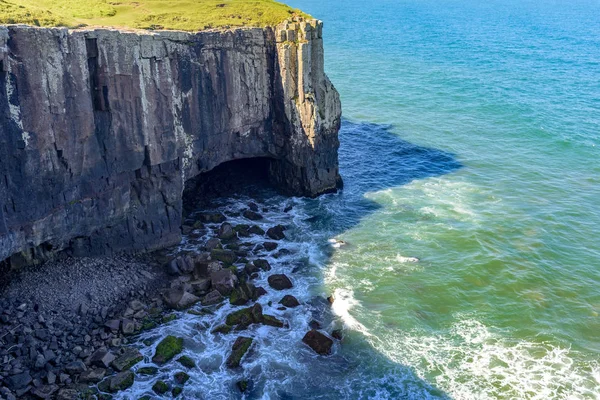
Located in New Zealand’s Paparoa National Park on the South Island, this lesser-visited site offers a more adventurous experience for those willing to wade through shallow underground streams. The cave entrance sits amid pristine rainforest, requiring a moderate hike that limits visitor numbers and preserves the natural ecosystem.
Inside, particularly dense glowworm populations create some of the most intense bioluminescent displays found anywhere, with minimal artificial lighting to interfere with the natural spectacle.
Te Anau
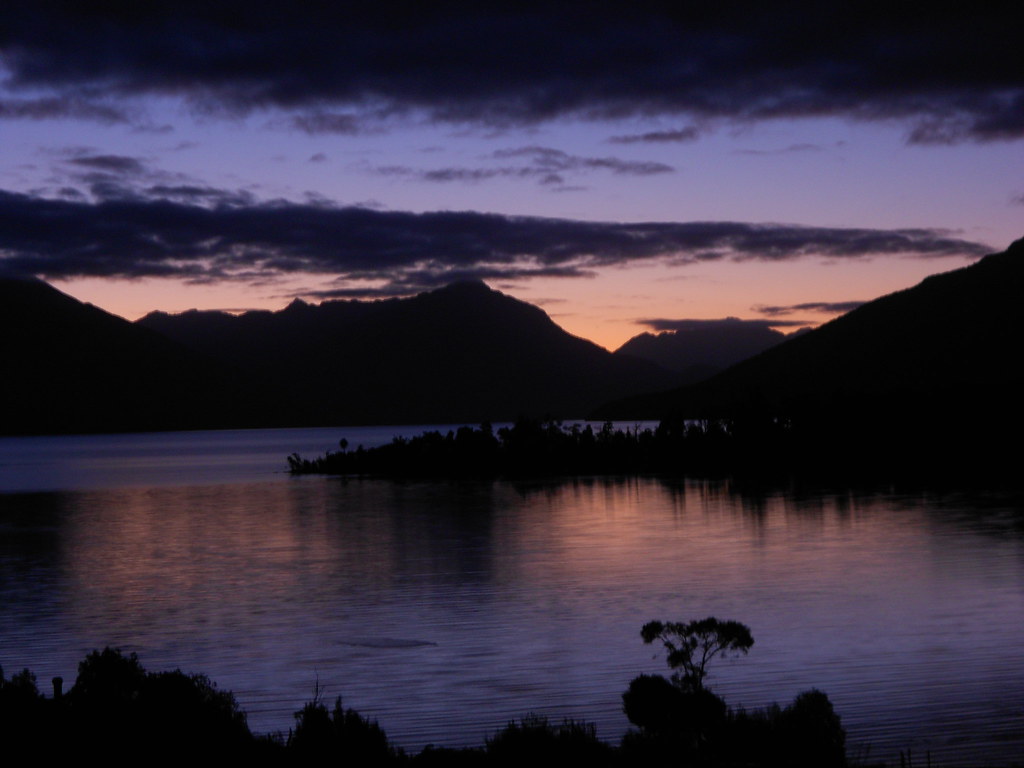
New Zealand’s South Island hosts these remarkable caves, which explorer Lawson Burrows discovered relatively recently in 1948. Carved by the underground waters of Lake Te Anau, these limestone formations house glowworm colonies visible only by boat journey through a complex water passage system.
The unique acoustics of the main viewing chamber enhance the experience, as guides often demonstrate how even whispered sounds affect the intensity of the glowworms’ light response.
Like Travel Pug’s content? Follow us on MSN.
Harrison’s Cave
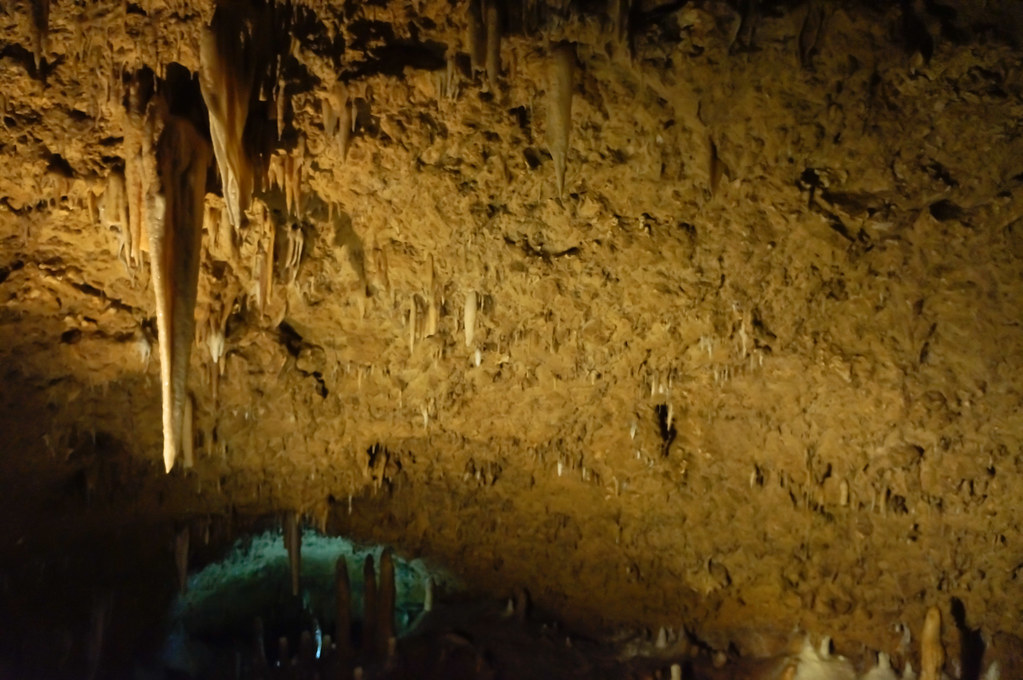
This extensive limestone cave system in Barbados features a surprising population of bioluminescent insects different from those found in Pacific regions. These tropical glowworms thrive in the consistently warm, humid environment created by the Caribbean climate.
An electric tram system takes visitors through the main passages, stopping at chambers where guides turn off all artificial lights to reveal the subtle glow that contrasts beautifully with the cave’s dramatic stalactite formations.
Mole Creek Caves

Tasmania’s temperate rainforest environment provides perfect conditions for glowworms throughout the extensive karst systems of Mole Creek Karst National Park. King Solomon’s Cave and Marakoopa Cave both feature significant colonies, with Marakoopa containing the largest display in Australia.
Park rangers lead educational tours explaining how these insects have adapted to their unique environment, using their light both to attract prey and as a defense mechanism against predators in the cave ecosystem.
Spellbound Tours
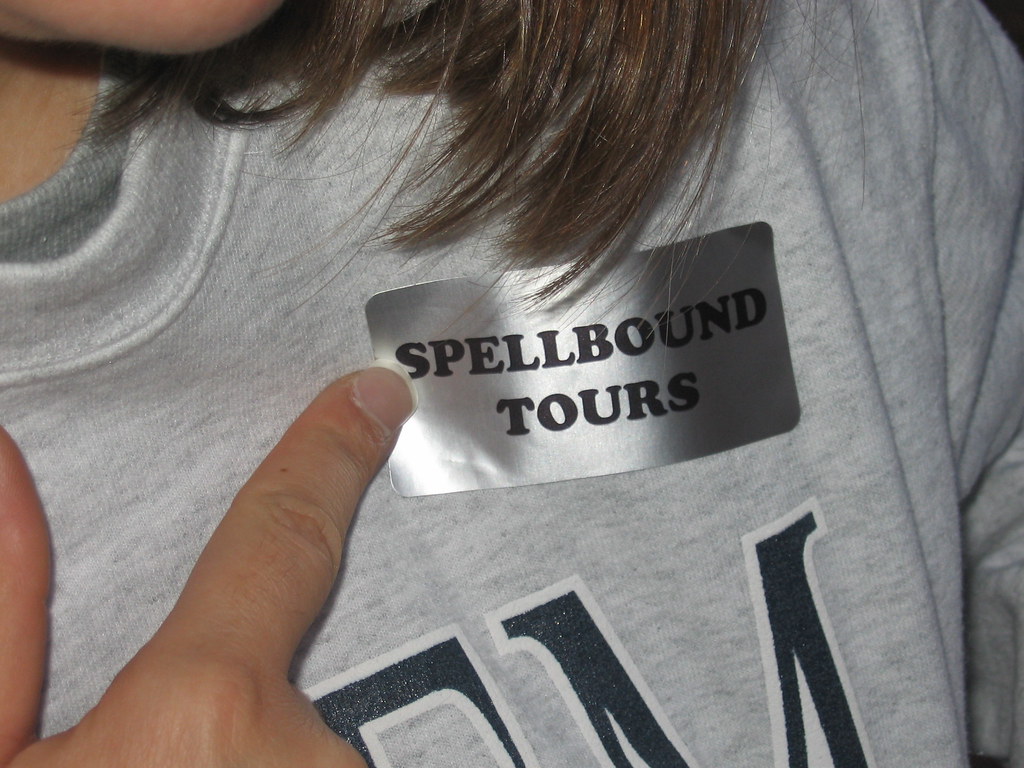
This New Zealand cave experience in the Waitomo region offers a more intimate alternative to the main commercial caves. Limited to small groups, visitors walk through ancient limestone formations while guides explain the fascinating science behind the glowworms’ ability to produce light through a chemical reaction.
The tour includes time to sit in complete silence, allowing participants to fully absorb the surreal experience of being surrounded by living lights that have evolved this remarkable adaptation over millions of years.
Like Travel Pug’s content? Follow us on MSN.
Melissani Cave
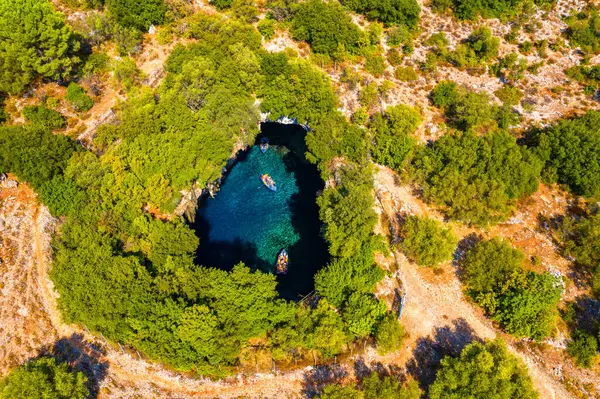
This partially collapsed cave on the Greek island of Kefalonia features a unique ecosystem where glowworms interact with both underground and open-air environments. During the day, sunlight penetrates through the cave’s natural skylight, creating stunning blue water effects, while evening brings out the subtle illumination of the resident glowworm population.
The combination of these natural lighting phenomena has inspired local folklore about nymphs and other mythological beings inhabiting this atmospheric location for thousands of years.
Sabang Underground River

The Philippines’ famous underground river system on Palawan Island contains several chambers where glowworms create impressive displays alongside other unique cave-dwelling creatures. The main river passage extends for over five miles under the mountains, with certain sections housing dense colonies of bioluminescent insects that have adapted to the tropical cave environment.
The boat journey through these illuminated sections provides a magical counterpoint to the more famous geological features of this UNESCO World Heritage site.
Gunns Plains Cave
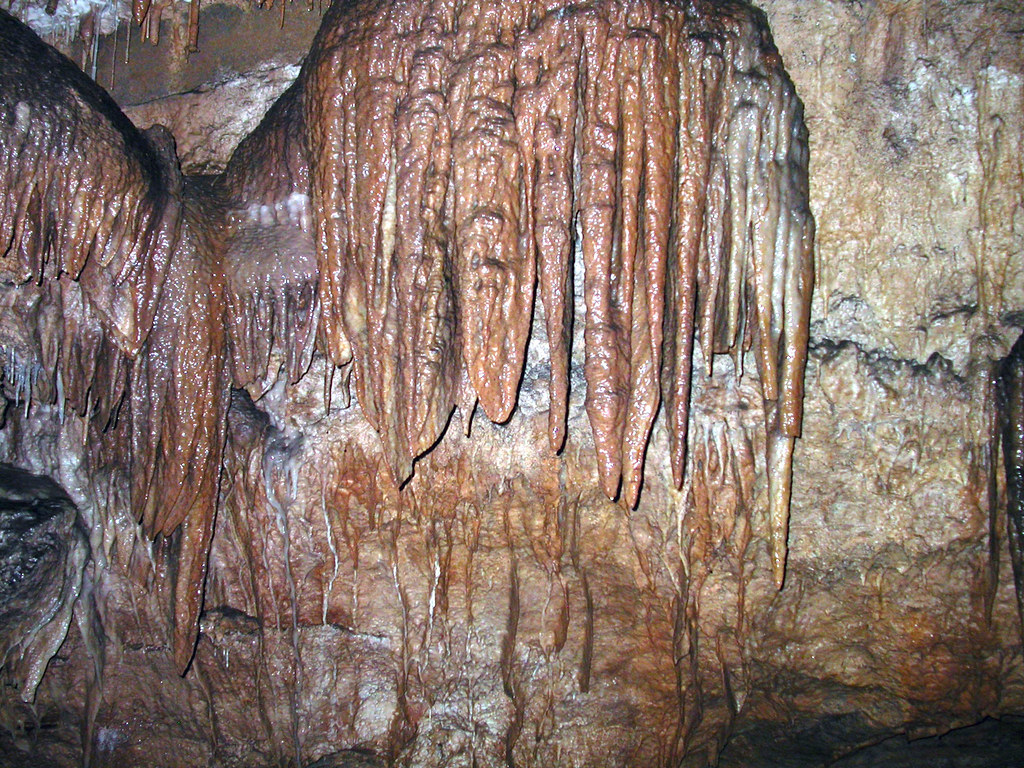
Located in Tasmania’s northwest region, this stream-carved cave system houses a remarkable glowworm display within its main chamber, nicknamed the ‘Cathedral.’ The insects here have established colonies in particularly photogenic arrangements across the limestone ceiling, creating reflections in the still underground pools.
Local conservation efforts have established careful lighting protocols that protect the sensitive creatures while still allowing visitors to appreciate both the glowing displays and the impressive crystal formations illuminated by subtle guide lights.
Like Travel Pug’s content? Follow us on MSN.
Smoo Cave

This distinctive sea cave in northern Scotland features a small but scientifically significant population of European glowworms that have adapted to the unusually cold environment. Unlike their Pacific counterparts, these bioluminescent insects create a subtler glow that requires complete darkness to appreciate fully.
The cave’s dramatic setting, where a freshwater stream meets the ocean through a massive entrance chamber, creates a unique habitat where these creatures have established a rare northern colony despite challenging conditions.
Makuri Caves
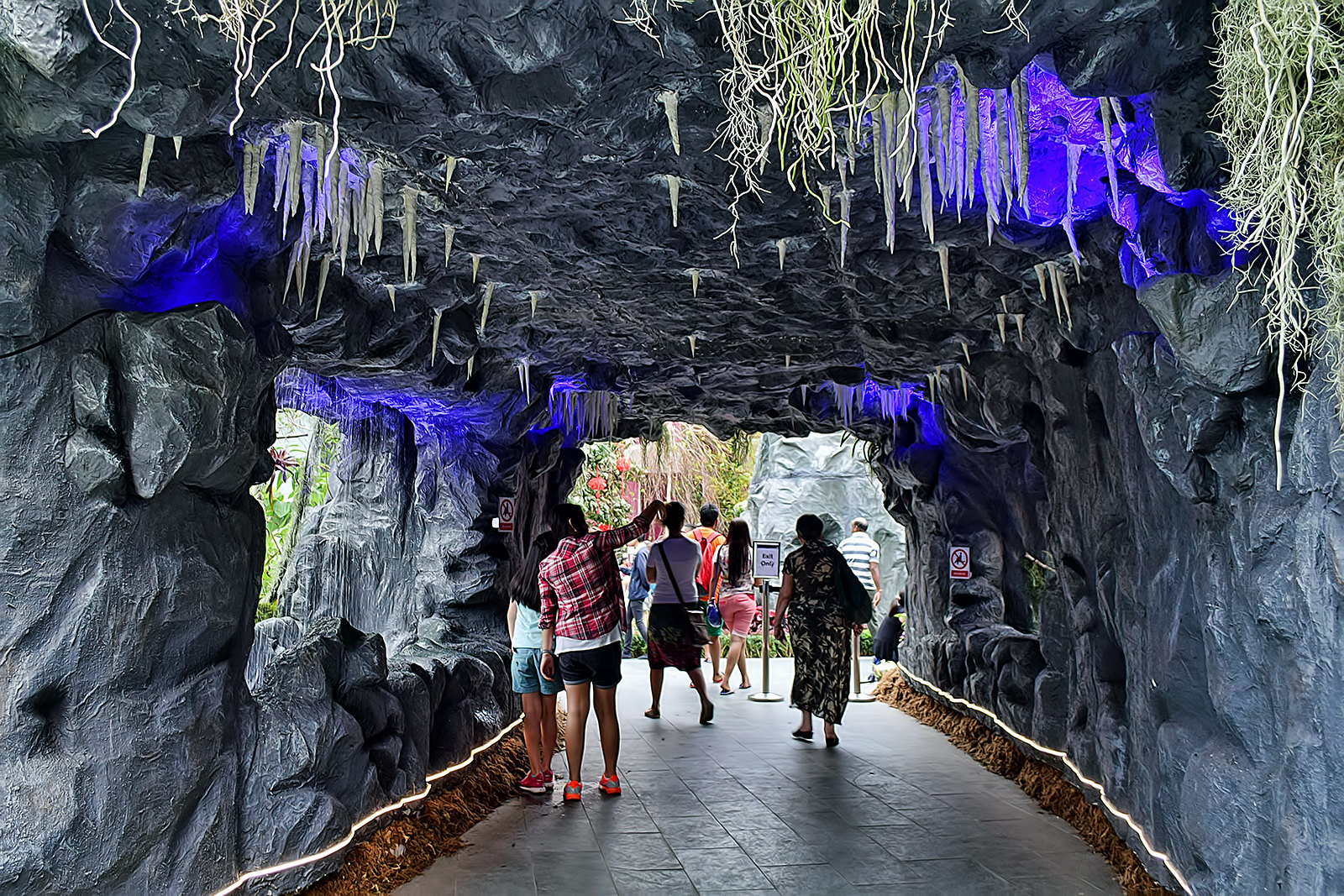
This privately owned New Zealand cave system in the Taranaki region offers a more personalized glowworm experience, with tours limited to small groups led by the landowners who discovered the caves. The limestone formations here are younger than those at Waitomo, creating different growing patterns for the glowworm colonies that cling to developing stalactites.
Conservation-focused tours explain the delicate balance required to protect these insects while allowing visitors to appreciate their remarkable bioluminescent display in a pristine environment.
Tunnel Creek
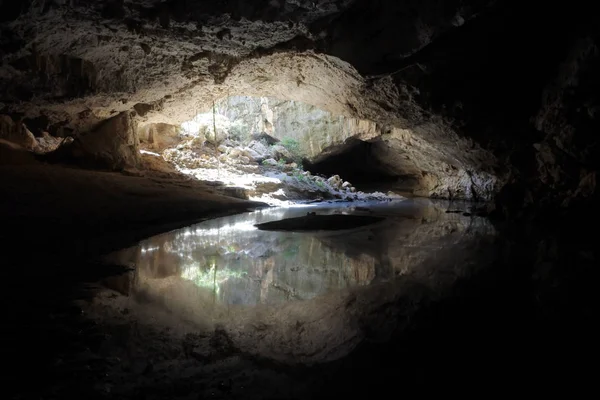
Western Australia’s oldest cave system runs beneath the Napier Range, featuring Aboriginal rock art alongside chambers housing glowworm colonies. The tunnel-like formation allows visitors to walk through the entire mountain, with sections where wading through knee-deep water is necessary to reach the main glowworm displays.
The cultural significance of the site adds another dimension to the experience, as indigenous guides explain how these illuminated caves featured in Dreamtime stories long before European exploration.
Like Travel Pug’s content? Follow us on MSN.
Torgac Cave
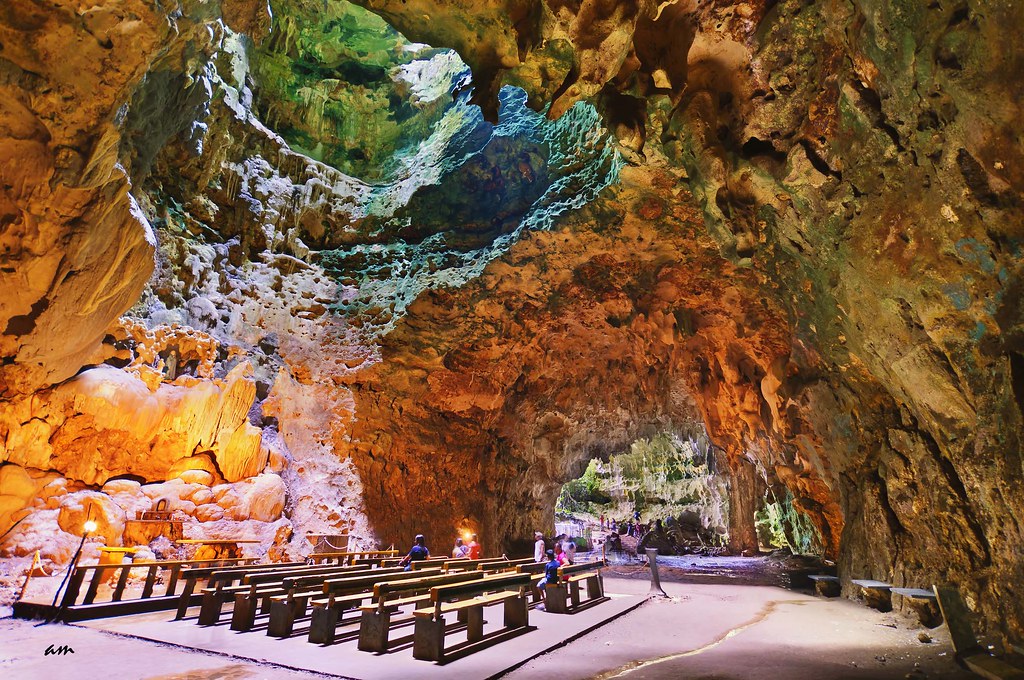
This remote cave system in New Mexico represents one of the few places in the southwestern United States where significant glowworm populations can be observed. The species here differs from those found in Oceania, producing a distinctive yellowish light rather than the blue-green typically associated with glowworms.
The arid external environment makes the consistently humid cave interior even more remarkable. It creates a hidden oasis where these light-producing insects have established thriving colonies far from their more famous Pacific relatives.
Puerto Princesa
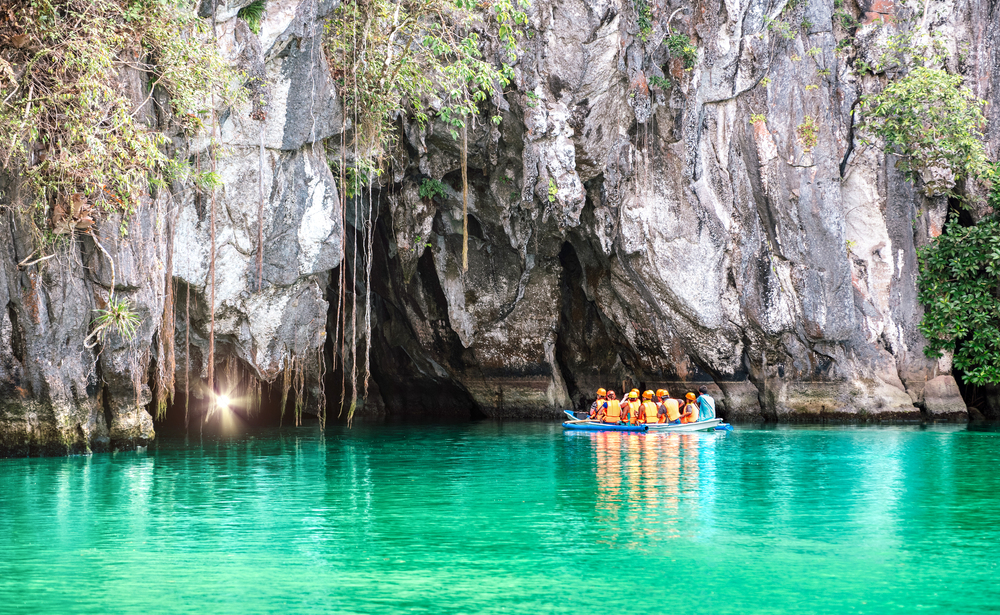
This expansive cave system on the Philippine island of Palawan features sections where boat tours pass through chambers illuminated by both spectacular rock formations and the subtle glow of bioluminescent insects. Unlike the more famous sections of the cave with dramatic stalactites, the glowworm areas require complete darkness and a silent passage to appreciate fully.
The combination of these diverse cave environments within a single system creates one of Southeast Asia’s most comprehensive underground experiences for nature enthusiasts.
Jenolan Caves
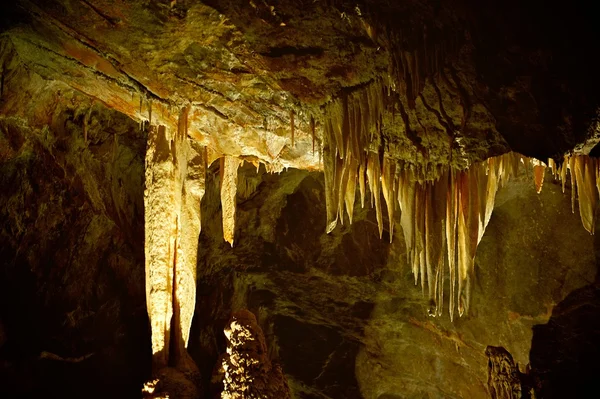
Australia’s most ancient limestone cave system in the Blue Mountains contains several chambers where glowworms create impressive displays, particularly in the less-visited Lucas Cave section. The area’s complex geology has created unusually diverse habitats within a single cave system, allowing different densities of glowworm colonies to establish throughout the network.
Regular conservation monitoring ensures these sensitive creatures remain protected while still allowing visitors to experience one of Australia’s most significant bioluminescent displays.
Like Travel Pug’s content? Follow us on MSN.
Lights in the Darkness
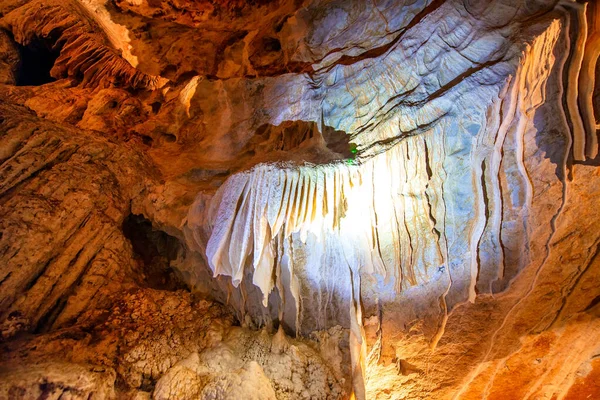
These remarkable destinations offer more than just natural light shows – they provide windows into evolutionary adaptations that have developed over millions of years in isolated environments. The delicate balance required to maintain these bioluminescent displays reminds us of nature’s fragility and ingenuity.
As these glowing creatures continue to captivate visitors from around the world, conservation efforts have become increasingly sophisticated. They ensure future generations can experience the magic of stepping into a living galaxy hidden beneath the Earth’s surface.
More from Travel Pug

- 20 Best Beach Towns in the Carolinas
- 13 Destinations Where Tourists Regularly Regret Their Trip
- 20 Destinations That Are More Magical Without an Itinerary
- 20 Underrated Adventures That Belong on Your Travel List
- 20 Cities Where You Should Just Wing It, No Planning Required
Like Travel Pug’s content? Follow us on MSN.
